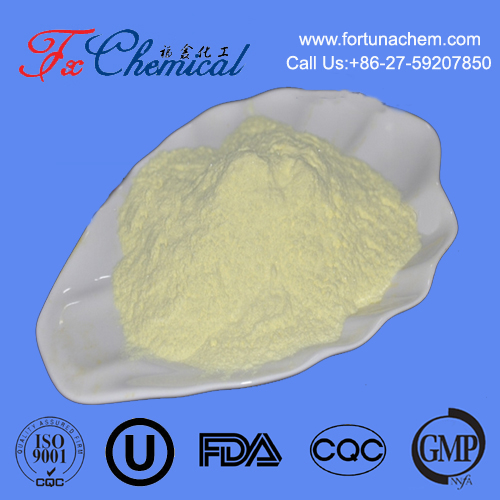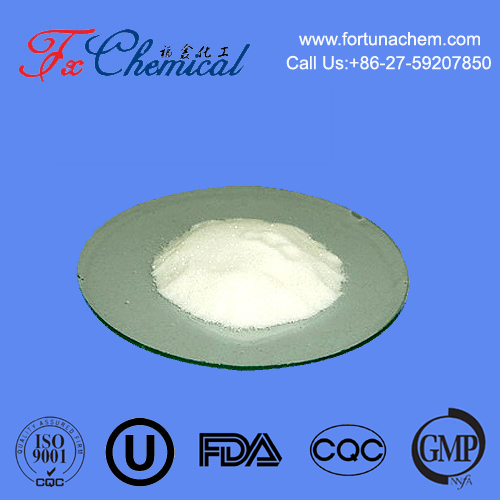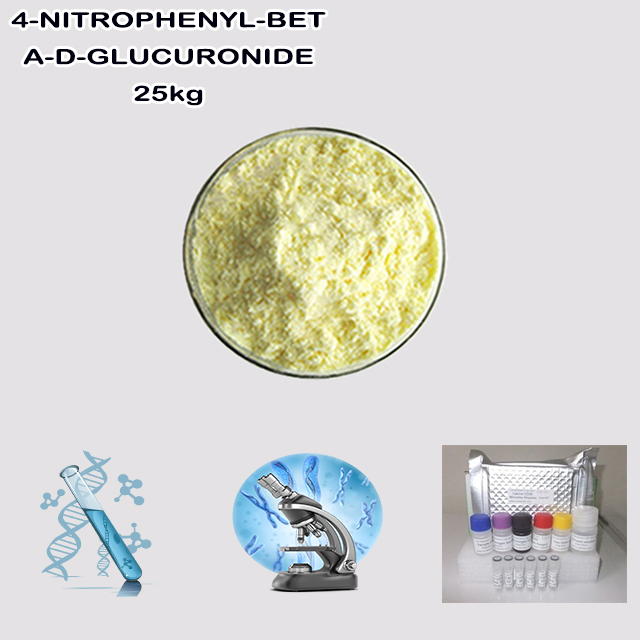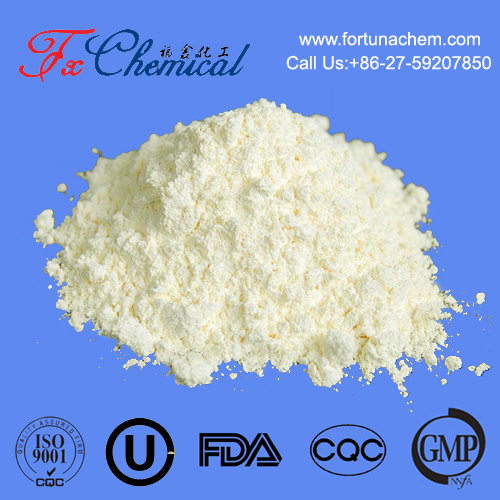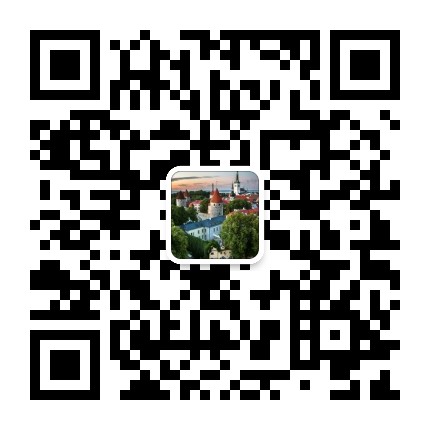
Search

Search

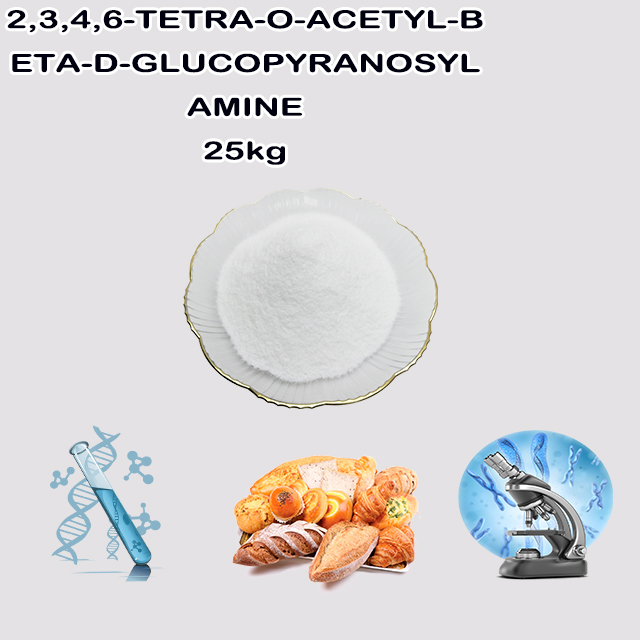
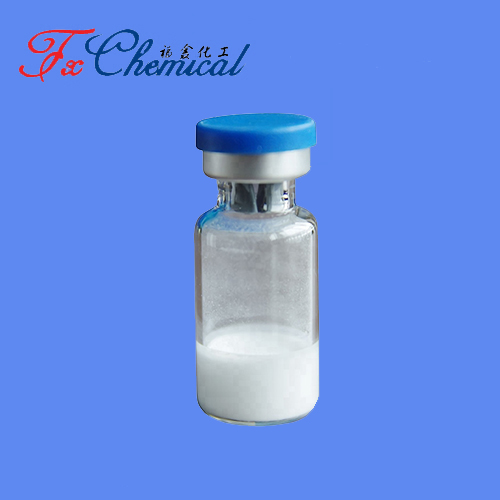
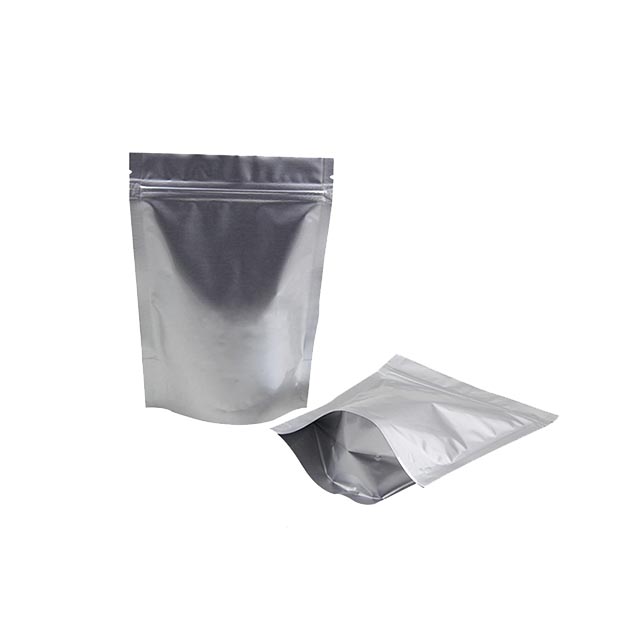
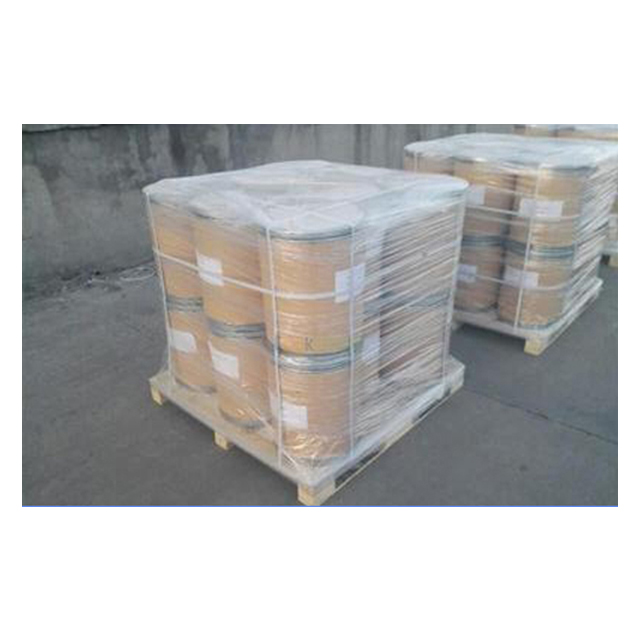
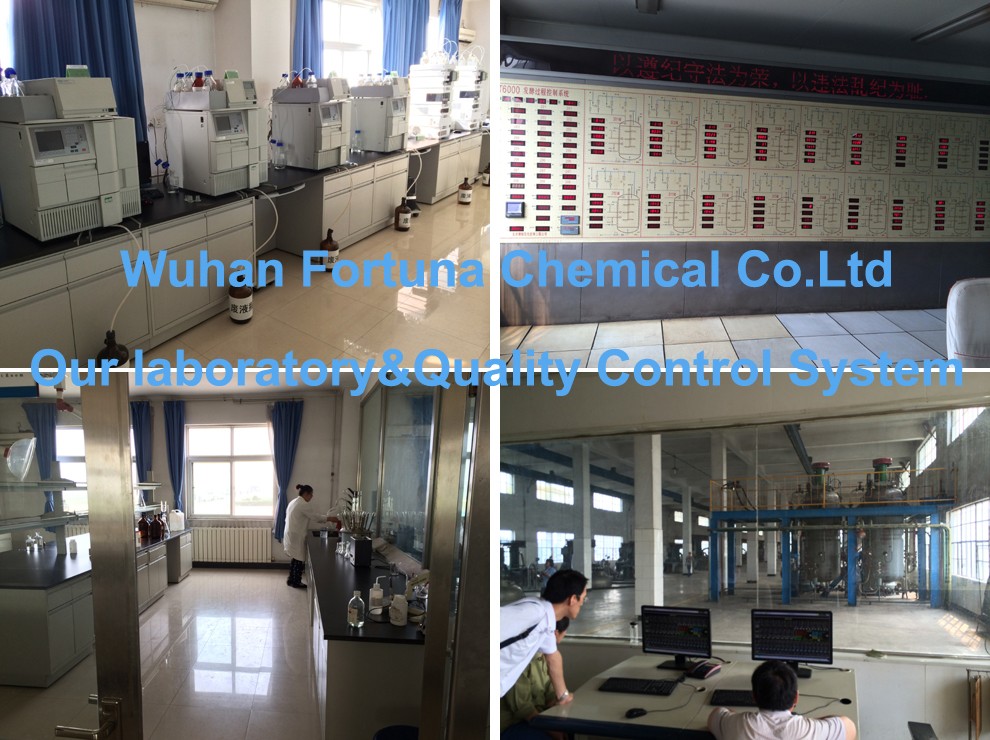





2,3,4,6-Tetra-O-acetyl-β-D-glucopyranosylamine (CAS 51642-81-0) is an acetyl-protected glucose derivative where the anomeric carbon (C1) bears an amine group (-NH₂), and hydroxyls at positions 2, 3, 4, and 6 are acetylated (-OAc). This β-configured glycosylamine is a key synthetic intermediate in carbohydrate chemistry, used to build glycoconjugates, nucleosides, or glycosylated drugs. Acetylation enhances stability and organic solubility (e.g., in chloroform), enabling controlled glycosylation reactions. The amine at C1 allows coupling with acids or electrophiles, unlike glucosamine (amine at C2). Vital in glycobiology and drug design for precise carbohydrate modifications.
2,3,4,6-Tetra-O-acetyl-β-D-glucopyranosylamine (CAS 51642-81-0) is a chemically modified derivative of β-D-glucopyranose, characterized by the following features:
Core Structure:
A β-D-glucopyranose ring (cyclic glucose in a six-membered pyranose form).
The anomeric carbon (C1) is substituted with an amine group (-NH₂) instead of the typical hydroxyl or glycosidic bond, making it a glycosylamine.
Protective Groups:
Hydroxyl groups at positions 2, 3, 4, and 6 are acetylated (O-acetyl groups, -OAc), enhancing stability and solubility in organic solvents. This protection prevents unwanted reactions at these positions during synthetic processes.
Stereochemistry:
The β-configuration at C1 means the amine group is oriented upwards in the Haworth projection, consistent with the D-glucose configuration.
Synthetic Intermediate:
Used in organic and carbohydrate chemistry to synthesize glycoconjugates, nucleosides, or glycosylated compounds. The amine group at C1 serves as a reactive site for coupling with other molecules (e.g., carboxylic acids to form amides).
Acts as a precursor for glycosyl donors in oligosaccharide synthesis, where acetyl groups can be selectively removed to expose hydroxyls.
Pharmaceutical and Glycobiology Research:
Facilitates studies on glycosylation processes, enzyme substrates, or carbohydrate-based drug design.
Stability:
Acetylation increases lipophilicity, making it soluble in solvents like chloroform or acetone, and suitable for reactions requiring anhydrous conditions.
Likely requires standard precautions for handling acetylated compounds (gloves, eye protection). Specific toxicity data should be verified via safety databases (e.g., SDS).
Unlike glucosamine (amine at C2), this compound has the amine at the anomeric position (C1) and is fully acetylated at other hydroxyls. This structural distinction makes it valuable for specialized glycosylation reactions.
This compound is a versatile tool in synthetic chemistry, enabling precise control over carbohydrate reactivity for advanced molecular constructions.
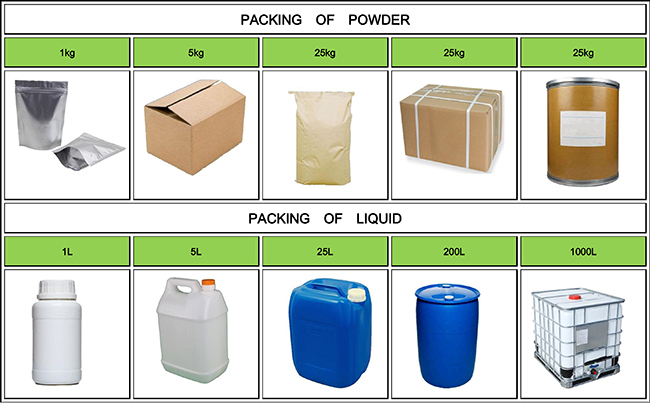
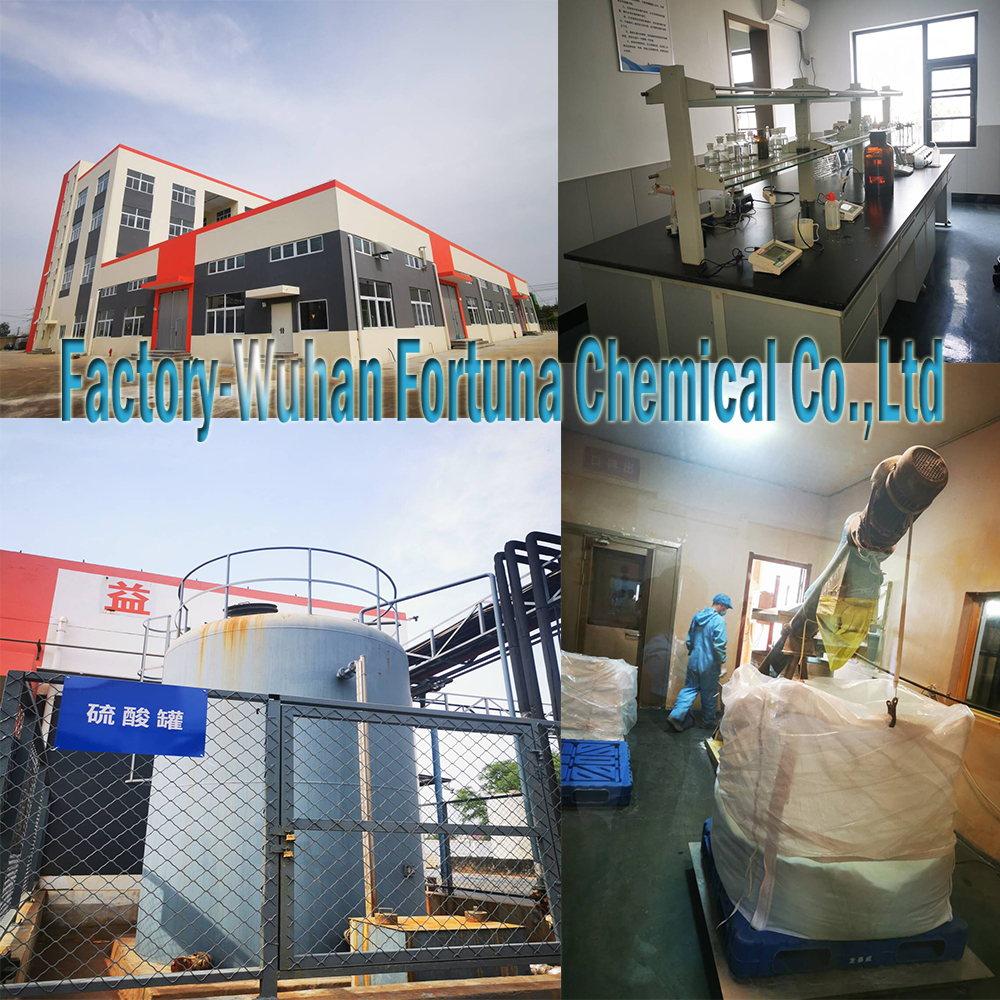
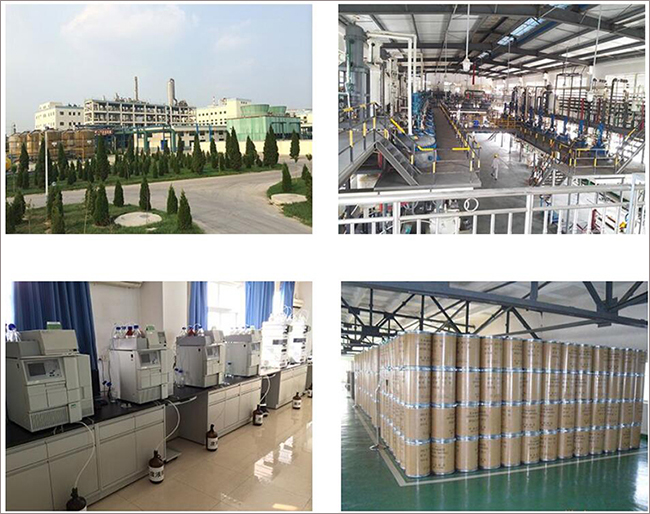

Fortunachem Provides Not Only Professional Chemical Products But Also Professional Help
Keeping you up-to-date with all the latest information, news, and events about Fortunachem!

Quick Links
Add:
E-mail:
 English
English  Español
Español  français
français  العربية
العربية 